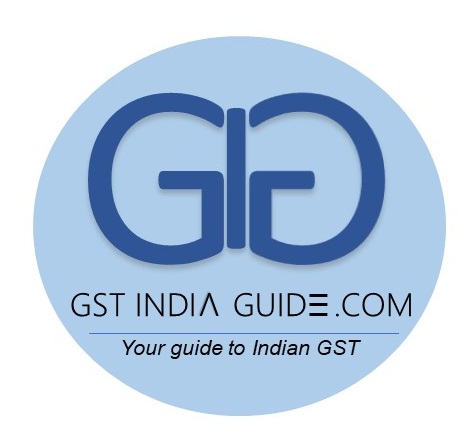The finance minister Arun Jaitley is likely to announce the timeline for the much awaited tax reform— Goods and Services Tax (GST)—in the upcoming Budget 2017-18, which would be presented on February 1.
The Part B of the Budget speech, which contains tax proposals, could carry half-yearly estimates of service, central excise duty and collections from other indirect taxes (excluding customs) also that the Centre expects to earn between April to September, instead of only full-year projections.
India will have to implement GST on or before September 15, 2017.
With the Centre and states locked in hectic confabulations over finer details of GST, the original deadline of April rolling out the new indirect tax system looks missed for now.
The GST council, headed by the finance minister, will meet next on January 16 to hammer out a consensus on outstanding issues and fix an implementation date.
GST will subsume a web of local and central levies such as excise, VAT, service tax and octroi into a single tax.
The GST Council has already decided on a four-slab GST rate structure. Separately, a bureaucrats’ panel is working on the “classification” exercise, a comprehensive list clubbing thousands of goods and services into different rate categories.
After GST, Part B of the Union Budget speech, will only have income and other direct taxes and customs duties, a major break from the past when every minor indirect tax change had market and sectoral implications.
With GST now heading for a mid-year roll-out, the Budget for 2017-18, will factor in only expected half-year revenue estimates from existing central indirect levies, an official told.
The finance minister may also give additional Rs 20,000-25,000 crore as compensation to offset tax revenue loss in the wake of the currency culling move.
The amount could be paid to states in 2017-18, as part of the GST compensation corpus of Rs 55,000 crore, the official said.
Under GST law, the Centre will have to fully compensate states for any revenue loss for five years after migrating to the new tax system. The Centre estimates total compensation to states for losses arising from a transition to GST to be around Rs 55,000 crore in the first year.
This will be met through a corpus generated by the levy of the clean environment cess on coal, also cesses to be levied on demerit goods such as tobacco, luxury cars, pan masala and aerated drinks.
Many states are now pushing the Centre for a grand bargain of sorts, seeking higher compensation for revenue loss on account of demonetisation.
States have argued that the economy-wide cash-crunch following the unexpected ban on Rs 500 and Rs 1000 currency notes in November has hurt revenues.
State governments said that demonetisation has curtailed consumer spending, affecting local tax collections and upsetting their fiscal plans for 2016-17.
The Centre and states are still negotiating to iron out differences on many details including the contentious issues of “dual control” and taxing rights of goods moved through high seas.
The issue of “dual control” or cross empowerment has been the bone of contention between the Centre and the States, despite the issue being discussed at couple of meetings of the GST council.
The discussion had largely remained inconclusive, with States demanding that assessees should be divided horizontally with Rs 1.5 crore be the cut-off base.
Under this model, states would assess businesses with an annual turnover Rs 1.5 crore, while both the Centre and states would do so for businesses having higher turnover.
The Centre is pushing for a vertical division of the assessee-base without a turnover threshold.
Under this model, both states and the Union government will have oversight powers on a certain fixed proportion based on the number of assessees, rather than the turnover.
Moneycontrol, 07 January 2017
